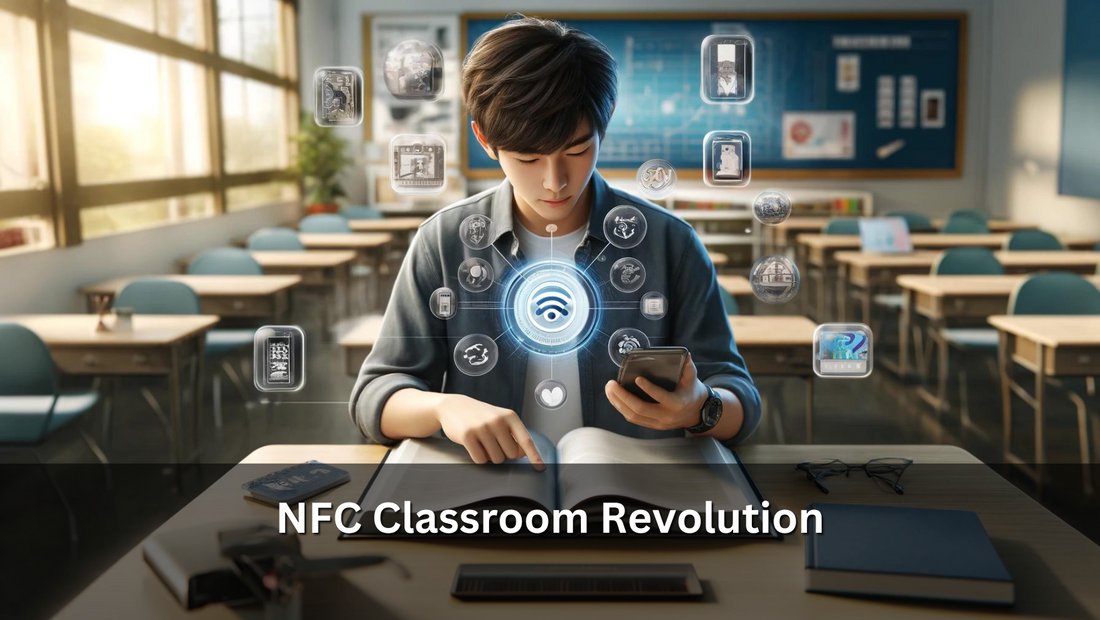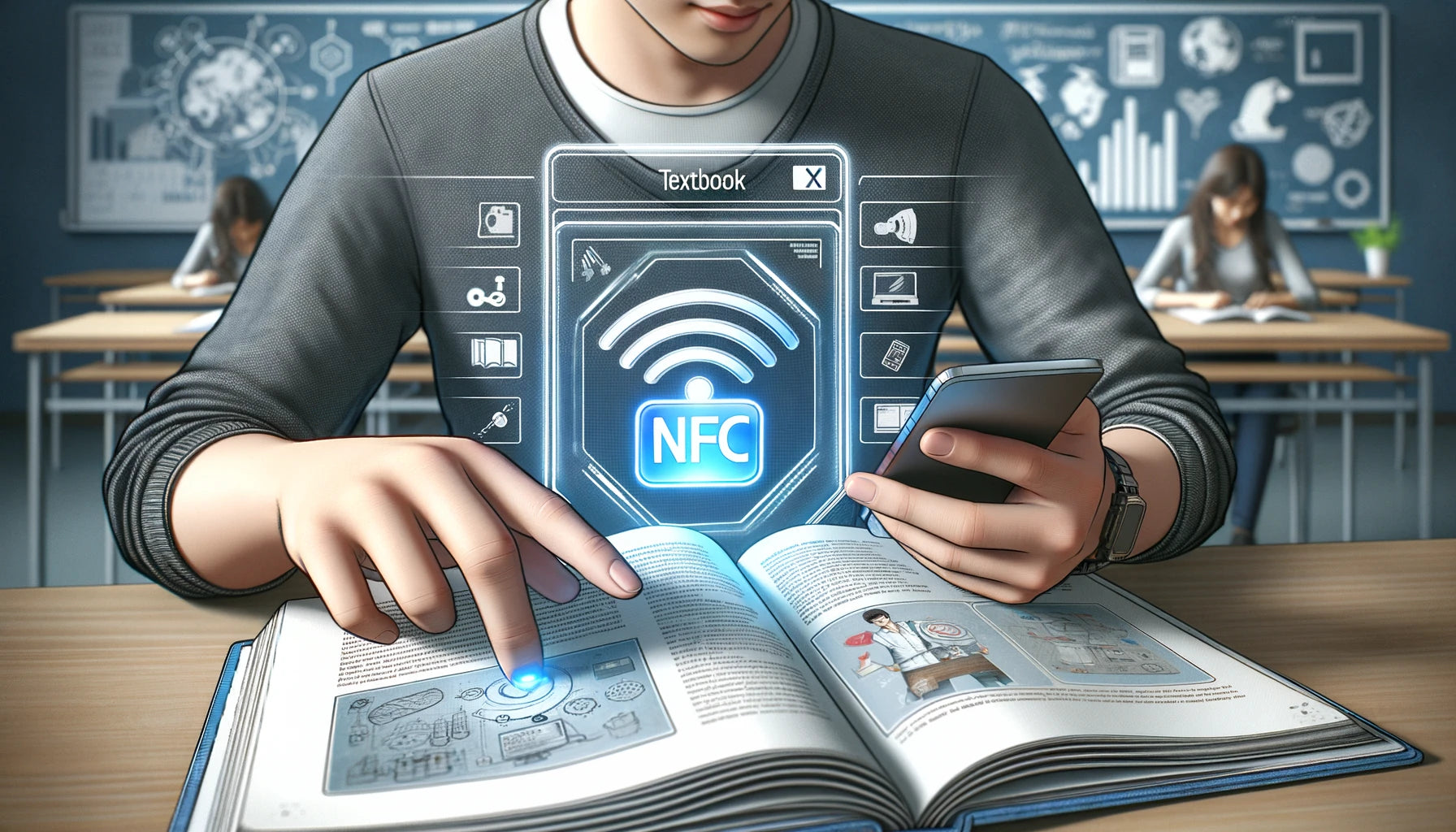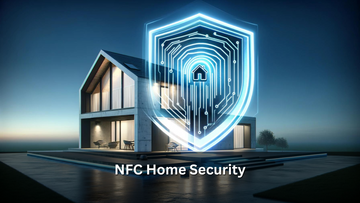Introduction to NFC in Education
Near Field Communication (NFC) is a technology that allows two devices—like a smartphone and a smart card—to communicate when they are close to each other. NFC is increasingly becoming a pivotal technology in educational settings due to its versatility and ease of use. In education, NFC can enhance learning experiences, streamline administrative tasks, and foster interactive classrooms.
NFC's potential in education spans several practical applications, from simplifying attendance tracking with a quick tap of a device to accessing personalized learning content on smartphones or tablets. This technology supports a variety of educational tools that can transform traditional classrooms into modern, digitalized environments. By integrating NFC, educational institutions can provide a more engaging and efficient learning atmosphere that is adaptable to the needs of today’s tech-savvy students.
Through its ability to bridge physical and digital learning resources, NFC empowers students to interact with their learning environment in intuitive ways, making education both accessible and innovative. This foundational role of NFC is setting the stage for a more connected and interactive future in educational systems worldwide.
Enhancing Student Engagement and Learning
NFC (Near Field Communication) technology is revolutionizing the way students engage with educational content, making learning more interactive and tailored to individual needs. By incorporating NFC into educational tools and environments, students can access a wide array of multimedia content simply by tapping their NFC-enabled devices against smart tags embedded in textbooks, posters, and classroom stations.
This contactless technology allows for a seamless integration of digital resources, enabling instant access to videos, assignments, and interactive simulations that enhance the learning experience. For instance, during a science lesson, students might tap an NFC tag on a lab bench to pull up digital simulations of experiments or historical data related to their study topic. This method not only captivates students' attention but also caters to diverse learning styles by providing visual, auditory, and kinesthetic learning aids instantly.
NFC also supports personalized learning paths by storing data on students' interactions, which educators can use to tailor instruction and feedback to the learning progress and preferences of each student. The potential for NFC to transform educational settings into dynamic, responsive learning environments is vast, offering educational institutions opportunities to make learning more engaging and effective (letsnurture) (qrlab).
Automating Attendance Management
One of the transformative impacts of Near Field Communication (NFC) technology in educational environments is its capability to automate and streamline attendance management. By using NFC, schools can eliminate the need for manual attendance processes, which are often time-consuming and prone to errors. With NFC tags, students simply tap their NFC-enabled ID cards or devices against a reader when entering the classroom, instantly recording their presence.
This system not only speeds up the attendance taking process but also enhances accuracy by reducing human error. The data collected is immediately available for teachers and administrators, providing real-time attendance updates and allowing for quick responses to unexplained absences or patterns in student behavior. This method is particularly effective in large institutions where managing attendance manually can be an administrative burden.
Furthermore, NFC-enabled attendance systems can integrate with other school management software, enabling a unified approach to student data handling. This integration offers robust tracking and reporting capabilities that assist educational institutions in maintaining precise records for academic performance assessments and regulatory compliance (qrlab).
Locating Students in Real-Time
Near Field Communication (NFC) technology offers significant benefits in maintaining student safety and managing logistics by enabling real-time tracking within campus grounds. With NFC, educational institutions can equip students with NFC-enabled ID badges that interact with readers placed strategically around the campus. This setup allows schools to monitor the movement and location of students as they move across different areas, enhancing safety by ensuring that students are where they should be during school hours.
This real-time tracking is particularly valuable in emergency situations, where a swift accounting of students' locations is crucial. It also helps in managing and optimizing the use of campus facilities, as administrators can see patterns in student movement and adjust resources and scheduling accordingly. By providing a reliable way to locate students quickly, NFC technology contributes to a safer and more organized educational environment, ensuring that both students and parents have peace of mind during school hours.
Simplifying Access to Information
Near Field Communication (NFC) technology can greatly simplify access to educational resources by embedding NFC tags in tools such as textbooks, posters, and even lab equipment. These tags can store URLs or other digital triggers that, when tapped with an NFC-enabled device, provide instant access to supplementary digital resources. For example, a student reading a textbook could tap an NFC tag embedded in a chapter's page to instantly access multimedia content relevant to the topic, such as video tutorials, interactive simulations, or additional readings.
Similarly, posters in a classroom equipped with NFC tags can serve as interactive learning aids. A poster explaining a complex scientific concept could link to a series of animations or experiments online, deepening students' understanding through engaging content. This method not only enhances the learning experience by integrating digital resources seamlessly but also encourages students to explore additional information actively and independently.
Institutions like Newham College of Further Education have utilized NFC not just for attendance but also for integrating educational content, demonstrating how NFC can transform static educational materials into dynamic tools that enhance students' learning and engagement.
Creating Digital Learning Centers
NFC (Near Field Communication) has the potential to transform traditional learning environments into dynamic, digital hubs that facilitate enhanced educational interactions. By integrating NFC technology into learning spaces, schools can create highly interactive areas where students can engage with both physical and digital learning materials through simple taps with their NFC-enabled devices. This technology allows for the seamless incorporation of diverse educational resources, such as augmented reality experiences, digital archives, and virtual labs, directly into the classroom setting. The result is a more fluid, engaging, and inclusive learning environment that leverages the benefits of digital technology to enrich traditional educational methods. This transformation not only supports varied learning styles but also prepares students for a technologically integrated world.
We at NFC Tagify provide all sort of NFC Solutions or you may contact us: Tel. 01600800080, Email: info@nfctagify.com












